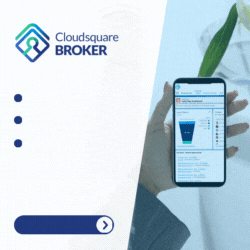Results 1 to 25 of 37
Threaded View
-
12-19-2014, 11:07 AM #1
why to avoid mca IPOs
http://www.forbes.com/sites/petercoh...ingclub-stock/
"they disregard traditional financial measure like revenues and profits"Just as we saw during the 1995 to 2000 Internet bubble, venture capital investors are assigning very high value to companies with very rapid growth in huge markets. In so doing, they disregard traditional financial measure like revenues and profits.
Such bubbles have predictable shapes — following five phases:
I. Pioneer. This is the stage when the biggest risk-taking entrepreneurs and the occasional angel investors are willing to invest in a startup — usually right after the last bubble burst and everyone else thinks they’re crazy.
II. Glimmer of hope. Here a leading player in the new market segment is bought or goes public – and that makes peer companies believe that they and their investors may also be able to exit at a profit;
III. Harvest. This is where the followers in that market feel intense pressure to grow fast or sell out to capture what they fear is the final opportunity to cash out;
IV. Enter the tourists. Here is when people from traditional lines of work like investment banking and consulting decide to leave their comfortable perches to get their share of the boom; and
V. Collapse. Finally, something happens to spook everyone — all of whom scramble to get their money out. If the boom is financed through equity, the ripple effects are more limited than if it has been backed by borrowing.
At the moment, we are at different phases for different industries. But we may be at a blend of Phase II and Phase IV for the peer-to-peer lending market in which LendingClub started competing in 2007. It operates a “platform” — meaning a website that people can access via a variety of devices — to connect people who want to borrow money with others who want to lend it to them.Anthony Diamond
Underwriter
Similar Threads
-
Kabbage Plans Growth As Alternative Lending Competitors Plan IPOs
By isaacdstern in forum Merchant Cash AdvanceReplies: 0Last Post: 09-08-2014, 10:01 AM -
Mentally Strong People - The 13 Things They Avoid
By JayBallentine in forum Merchant Cash AdvanceReplies: 0Last Post: 01-03-2014, 05:56 PM





 Reply With Quote
Reply With Quote















